Chinese cabbage, scientifically known as Brassica rapa subspecies pekinensis, is a leafy vegetable celebrated worldwide for its mild flavor, crisp texture, and remarkable adaptability in culinary applications. Revered in Asian cuisines for centuries, this humble ingredient has transcended geographical boundaries to become a staple in kitchens across continents. From stir-fries to soups, pickles to salads, Chinese cabbage offers a canvas for creativity, blending seamlessly with diverse flavors and cooking techniques. This article delves into the art of preparing and savoring Chinese cabbage, uncovering traditional and innovative methods to transform this vegetable into a culinary masterpiece.
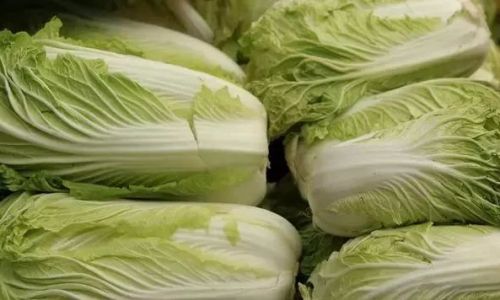
The Anatomy of Chinese Cabbage
Before exploring cooking methods, it is essential to understand the structure of Chinese cabbage. Often mistaken for its relative, bok choy, Chinese cabbage features elongated, tightly packed leaves with crisp white ribs and pale green to yellowish outer layers. Its tender leaves and firm core make it ideal for both quick cooking and long-simmered dishes. The vegetable’s high water content (approximately 95%) contributes to its refreshing crunch, while its subtle sweetness allows it to absorb flavors without overpowering a dish.
Stir-Frying: The Quintessential Quick Cook
Stir-frying is perhaps the most iconic method for preparing Chinese cabbage, epitomizing the essence of wok hei—the breath of the wok—a term describing the smoky, charred flavor imparted by high-heat cooking. To stir-fry Chinese cabbage, begin by separating the leaves from the core. Slice the core into thin strips and tear the leaves into bite-sized pieces. Heat a wok or skillet over high heat, add a neutral oil like peanut or vegetable oil, and toss in aromatics such as garlic, ginger, or chili flakes. Add the cabbage core first, as it requires slightly longer cooking, followed by the leaves. Stir continuously to prevent burning, and season with soy sauce, oyster sauce, or a splash of rice vinegar for acidity. The result is a dish that retains the cabbage’s crispness while infusing it with savory depth.
Boiling and Blanching: Preserving Freshness
Boiling or blanching Chinese cabbage is a technique that highlights its natural sweetness and vibrant color. To blanch, submerge the cabbage in rapidly boiling salted water for 1–2 minutes, then transfer it to an ice bath to halt cooking. This method is ideal for preparing cabbage to be used in cold dishes, such as salads or sushi rolls. Boiling, on the other hand, involves simmering the cabbage until tender, typically for 5–7 minutes. Drain well and serve with a drizzle of sesame oil, toasted sesame seeds, or a sprinkle of sea salt. Boiled Chinese cabbage pairs exceptionally well with rich proteins like pork belly or duck, as its mild flavor acts as a palate cleanser.
Steaming: A Gentle Approach
Steaming Chinese cabbage is a health-conscious cooking method that retains maximum nutrients and texture. Place whole or halved cabbage leaves in a steamer basket over boiling water and cook for 5–8 minutes until tender. Steamed cabbage can be served as a side dish, topped with a garlic-infused soy sauce or a dollop of chili-garlic paste. For a heartier meal, stuff the steamed leaves with a mixture of ground meat, rice, and spices, then bake or simmer in broth until cooked through.
Pickling and Fermenting: The Tangy Transformation
Pickling Chinese cabbage is a preservation technique that elevates its flavor profile, introducing tangy, sour, and umami notes. Quick pickles can be made by slicing the cabbage into thin ribbons, tossing it with salt to draw out moisture, and marinating it in a vinegar-based brine with sugar, spices, and aromatics like ginger or mustard seeds. For a deeper fermentation process, layer cabbage with salt in a crock, allowing lacto-fermentation to occur over several weeks. The result is kimchi, a Korean staple that balances spicy, sour, and funky flavors. Fermented Chinese cabbage is rich in probiotics, making it a digestive aid and a versatile condiment for rice bowls, sandwiches, and stews.
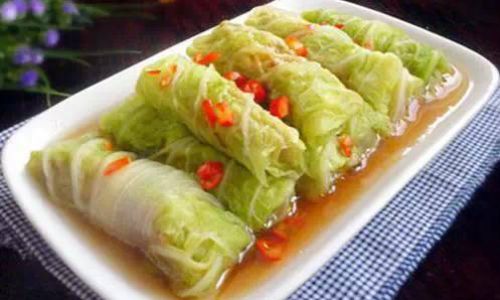
Soups and Stews: Hearty Warmth
Chinese cabbage’s ability to absorb flavors makes it an excellent addition to soups and stews. In Japanese cuisine, it is a key ingredient in oden, a hot pot dish simmered in a dashi broth with fish cakes and boiled eggs. In Chinese cooking, it stars in suan cai tang (sour vegetable soup), where it is fermented before being simmered with pork or tofu. For a quick weeknight meal, add chopped cabbage to miso soup during the final minutes of cooking, or layer it in a slow-cooker with chicken, carrots, and celery for a comforting stew. The cabbage’s tender leaves melt into the broth, thickening it slightly and adding a subtle sweetness.
Stuffed Cabbage Rolls: A Global Favorite
Stuffed cabbage rolls, known as golabki in Polish cuisine or sarma in Balkan traditions, showcase the vegetable’s versatility as a wrapper. Blanch whole cabbage leaves until pliable, then fill them with a mixture of ground meat, rice, herbs, and spices. Roll the leaves tightly, secure with toothpicks, and simmer in tomato sauce or broth until cooked through. The cabbage’s mild flavor complements the savory filling, while its structure holds the ingredients together during cooking.
Salads and Slaws: Crisp and Refreshing
Chinese cabbage’s crisp texture makes it a stellar base for salads and slaws. Shred the leaves and ribs finely, then toss with a dressing of rice vinegar, honey, sesame oil, and a touch of miso for an Asian-inspired slaw. Add grated carrots, sliced almonds, and cilantro for texture and color. For a heartier salad, combine Chinese cabbage with roasted vegetables, avocado, and a citrus vinaigrette. The vegetable’s high water content ensures a refreshing crunch, even when dressed in advance.
Braising: Slow-Cooked Tenderness
Braising Chinese cabbage transforms it into a meltingly tender dish with concentrated flavor. Begin by searing aromatic vegetables like onions, garlic, and carrots in a Dutch oven. Add sliced cabbage and a splash of broth, wine, or soy sauce, then cover and simmer over low heat for 20–30 minutes. The cabbage absorbs the cooking liquid, becoming imbued with rich, savory notes. Braised Chinese cabbage pairs beautifully with roasted meats or as a vegetarian main when finished with a sprinkle of Parmesan cheese or a fried egg.
Grilling and Roasting: Caramelized Delight
Grilling or roasting Chinese cabbage imparts a smoky char and caramelized sweetness. Cut the cabbage into wedges, brush with olive oil, and grill over high heat until charred marks appear. Alternatively, roast wedges in a hot oven (425°F/220°C) for 15–20 minutes, flipping halfway through. Season with smoked paprika, cumin, or a drizzle of balsamic glaze for a complex flavor profile. Grilled Chinese cabbage makes a striking side dish for barbecued meats or a unique addition to grain bowls.
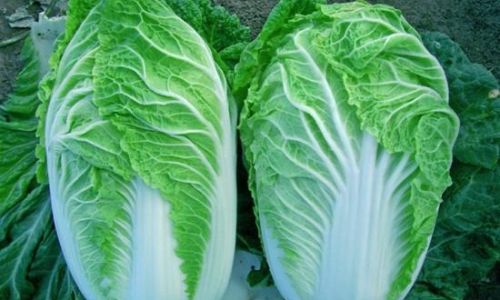
Global Adaptations: Fusion and Innovation
Chinese cabbage’s neutral flavor allows it to shine in fusion dishes. In Mexican cuisine, it can replace lettuce in tacos, topped with salsa verde and queso fresco. In Italian cooking, it adds a crisp element to panini sandwiches or pairs with cannellini beans and rosemary in a Tuscan-inspired stew. For a modern twist, thinly slice Chinese cabbage and use it as a low-carb wrap for fillings like spicy tuna or grilled vegetables.
Nutritional Benefits: A Powerhouse of Health
Beyond its culinary versatility, Chinese cabbage is a nutritional powerhouse. Rich in vitamins C and K, it supports immune function and bone health. Its high fiber content aids digestion, while antioxidants like beta-carotene and flavonoids combat inflammation. With only 13 calories per cup, it is a diet-friendly ingredient that adds volume and nutrients to meals without excess calories.
Tips for Selecting and Storing Chinese Cabbage
- Selection: Choose cabbage with firm, tightly packed leaves and crisp white ribs. Avoid specimens with wilted leaves or brown spots.
- Storage: Wrap the cabbage in a damp paper towel and store it in the crisper drawer of the refrigerator. It will keep for up to two weeks. For longer storage, consider pickling or fermenting.
- Preparation: Rinse the cabbage under cold water and pat dry. Remove any damaged outer leaves before cooking.
Avoiding Common Pitfalls
- Overcooking: Chinese cabbage cooks quickly; overcooking can result in a mushy texture.
- Under-seasoning: Its mild flavor benefits from bold seasonings like garlic, ginger, and chili.
- Waste: Use the entire cabbage, including the core, which adds crunch to stir-fries and soups.
Conclusion: The Endless Possibilities
Chinese cabbage is a testament to the beauty of simplicity in cooking. Its ability to adapt to countless preparations—from quick stir-fries to slow-fermented kimchi—makes it a kitchen essential. Whether you’re a home cook seeking weeknight inspiration or a culinary explorer venturing into global flavors, Chinese cabbage offers a world of possibilities. Experiment with textures, flavors, and techniques, and let this versatile vegetable transform your meals into memorable feasts.
From the bustling streets of Beijing to the kitchens of Brooklyn, Chinese cabbage continues to bridge cultures and cuisines, proving that even the simplest ingredients can inspire extraordinary dishes. So the next time you bring home a head of Chinese cabbage, remember: the only limit is your imagination.

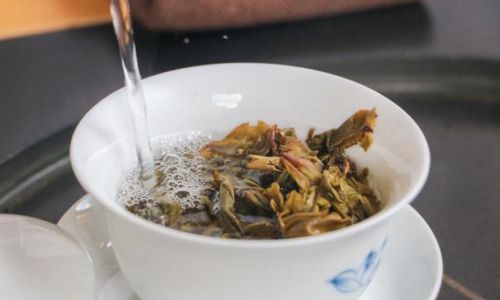
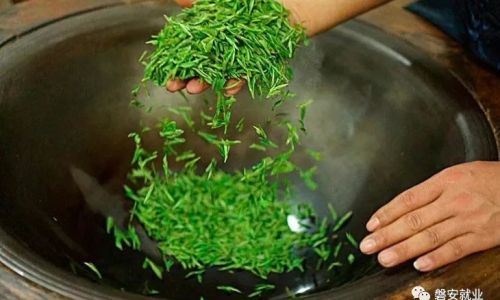
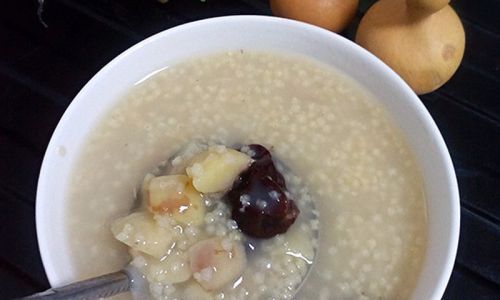
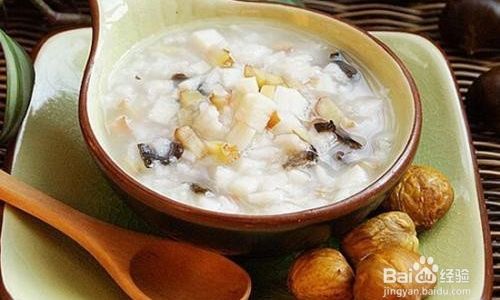

0 comments